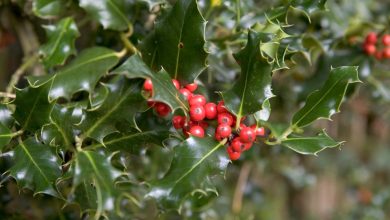What are the 7 most harmful pests for your garden plants
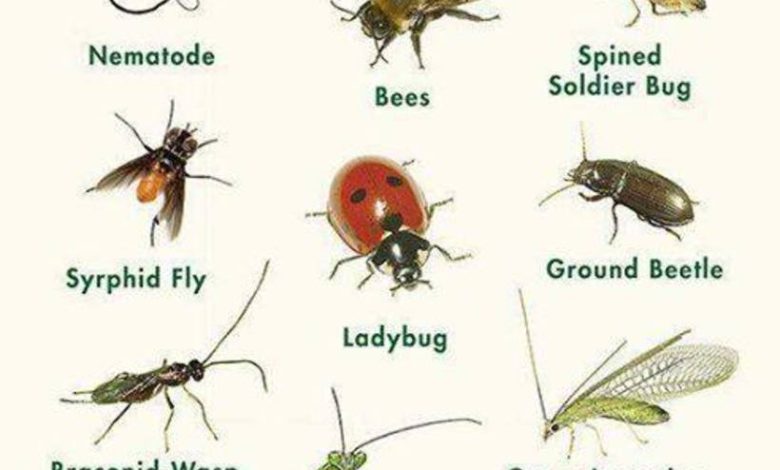
Hello farmers! As you all know there are many pests that love to be in our garden. But, what are the 7 most damaging and common pests in the garden? In today’s article we will tell you.
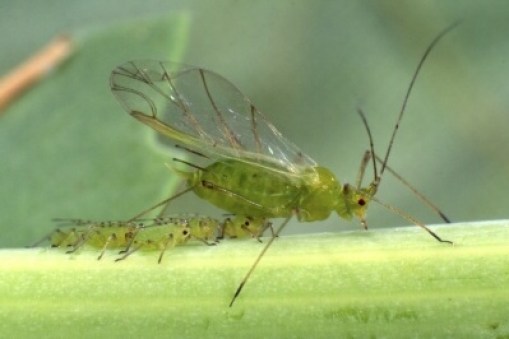
1. Aphids on plants
Aphids are one of the most common insects in orchards and gardens. They are small in size (1-3 mm in length) and can have different colors depending on the species to which they belong (mainly green and brown).
Most are polyphagous, that is, they have no preference for a specific plant species. The larvae cause damage by making galleries in the leaves of plants. As for the adults, they feed by sucking the sap from the leaves, buds and young shoots. To do this, they use the stylet of their mouthparts.
In addition, they excrete a sugary liquid called honeydew that attracts ants. For this reason, aphids are known as “ant herders”. The ants protect the aphids from other insects such as ladybugs (the aphid’s greatest enemy).
2. Whitefly: One of the most damaging pests in greenhouses
Whiteflies are one of the most harmful pests that we can find in our orchard or greenhouses. Whiteflies, despite their name, are not flies. They are a family (Aleyrodidae) belonging to homopterous insects. They measure only a few millimeters. They feed on the phloem and are generally located on the underside. Some species produce large amounts of wax or white powder that covers their body and serves as protection.
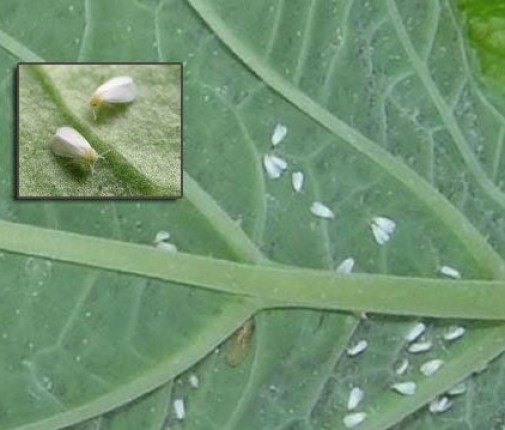
Article on whitefly control.
3. Cochineal: cottony cochineal, ribbed cochineal,…
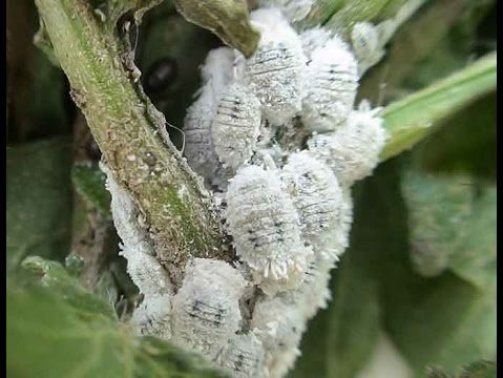
These insects vary greatly in appearance and color. We can find from very small organisms (1-2 mm) with waxy covers, to shiny balls of about 5 mm and covered with mellow wax. Of the most common pests are the cottony mealybugs. They are larviform, devoid of wings and are permanently attached to the plants they parasitize.
They mainly affect: rosemary, oregano, orange, banana, oleander, geranium, vine, etc. The damage caused is similar to that of the whitefly. Highlighting the injection of substances that cause discolorations, deformations and even galls.
4. Nematodes guilty of root cysts
Nematodes are a species of worms that live in water and soil. They are usually transmitted by irrigation water, contaminated substrates or by tools that have previously been in contact with affected areas. The larvae enter the plants through the parts that are in contact with the soil (absorbent root hairs).
They parasitize the roots of plants, preventing the normal absorption of water and nutrients. This results in a decrease in growth, wilting and yellowing of the leaves.The clearest symptom is nodules on the roots.
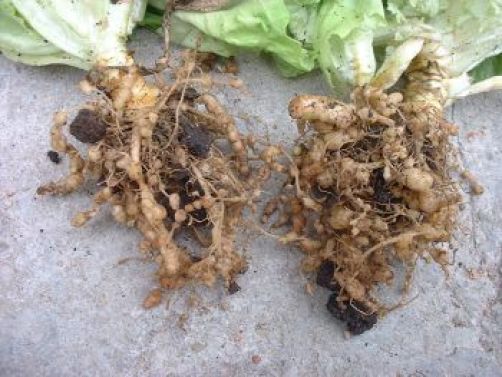
I leave you the link to an article to learn how to control nematodes.
5. Red spider or red mite
Although it is known as a red spider, it is a kind of mite. Remember that we should not confuse mites with insects. Mites have 8 legs, while insects have 6.
This species mainly affects vines, horticultural or ornamental crops. They are located on the underside of the leaves and are identified by having dark spots on the sides and a large number of silks. One of the best known species is Tetranychus urticae.
As for its control, I leave you a link where we explain how to fight the red spider in the orchard.
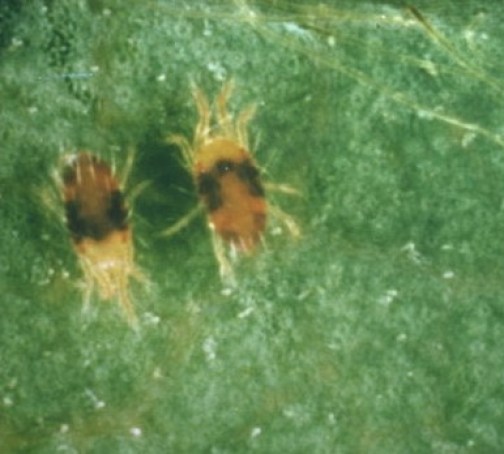
6. Caterpillars on leaves and fruits
There are many types of caterpillars that can be butterflies or moths, nocturnal or diurnal, or there are even some species that bury themselves in the ground. In the next articles, we will talk about caterpillars and give you more information about the most harmful caterpillar pests in the garden.
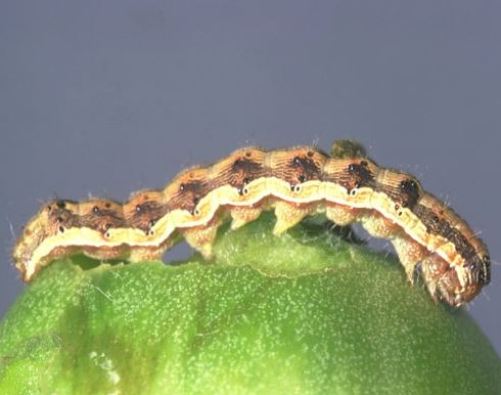
7. Ants, always close to aphids
Ants are one of the most common insects, they belong to the formicid family. They feed on larvae and insects, as well as food scraps and sweets. Some species can be considered beneficial insects. However, there are others, such as black ants, which are best kept as far away as possible from the garden.
Ant damage to plants
Main damages they produce in our plants:
- They attract aphids.
- They can gnaw small plants with their strong jaws.
- They steal seeds from the nurseries.
As a curiosity, if you have seen the movie “BUGS”, the queen ant has a green aphid as a pet, which she calls “Api” (The family of aphids is Aphididae).
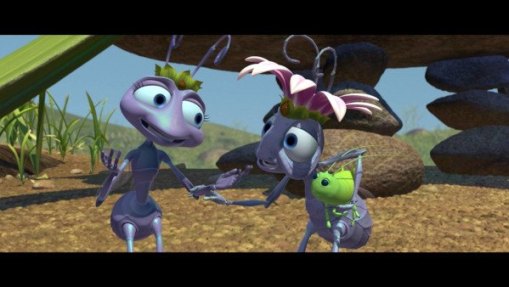
I leave you a link to learn how to control black ants in the orchard.
Ants and aphids relationship
The other day I found a video that I loved about this aphid-ant relationship, let’s see what you think.
References
- Abrol, D., Shankar, U. (2016). Chapter 20 – Integrated Pest Management. Editor(s): Surinder Kumar Gupta. Breeding Oilseed Crops for Sustainable Production,
Academic Press. 523-549 - Elliott, NC, Kieckhefer, RW, Beck, DA 2002. Effect of aphids and the surrounding landscape on the abundance of Coccinellidae in cornfields. Biological Control, 24, 214–220.
- Asma, M., Al-Assas, K., Dawabah, A. (2016).Prevalence, distribution and intraspecific variation of Heterodera schachtii populations from semiarid environment. Saudi Journal of Biological Sciences, 23(2), 293-299.
I hope you liked this article about the most harmful pests in the garden and, as always, tell us about your experiences with these pests in the comments.
Have a nice day

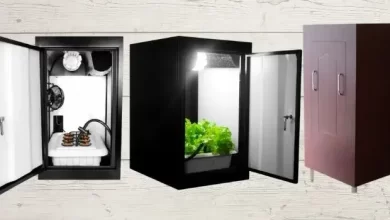
![Photo of Hydrangea Care: [Soil, Humidity, Pruning and Problems]](https://www.complete-gardening.com/wp-content/uploads/2022/08/hydrangea-care-soil-humidity-pruning-and-problems-390x220.jpg)
![Photo of Tuta Absoluta o Polilla del Tomate: [Cómo Identificarla y Combatirla]](https://www.complete-gardening.com/wp-content/uploads/2022/08/tuta-absoluta-o-polilla-del-tomate-como-identificarla-y-combatirla.jpg)
